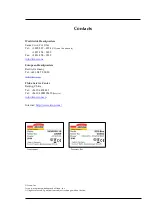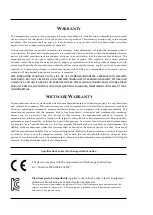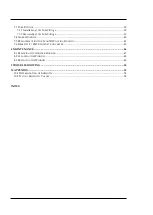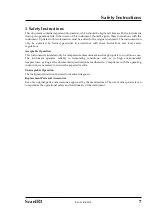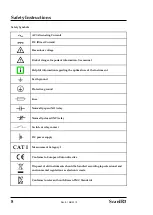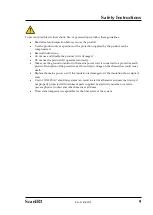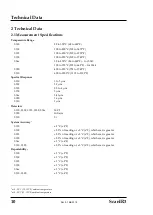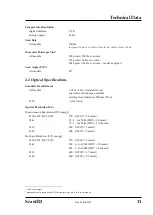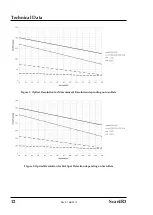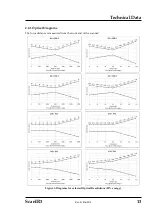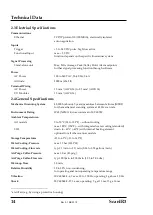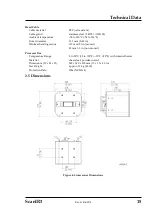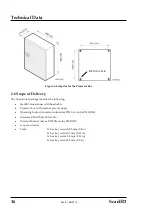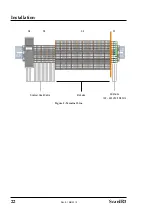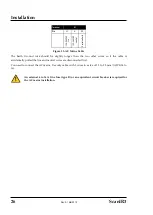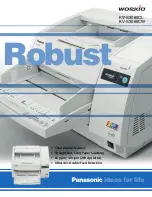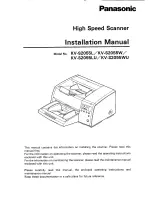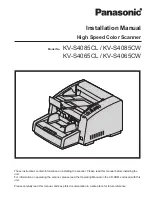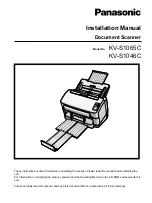
Basics
ScanIR3
17
3
Basics
3.1
Measurement of Infrared Temperatures
Every object emits an amount of infrared radiation (IR) according to its surface temperature. The
intensity of the infrared radiation changes with the temperature of the object. Depending on the
material and surface properties, the emitted radiation lies in a wavelength spectrum of approximately
1 to 20 µm. The intensity of the infrared radiation (”heat radiation”) is dependent on the material. For
many substances this material-dependent constant is known. It is referred to as “emissivity value”, see
appendix 10.2
on page 52.
Infrared thermometers are optical-electronic sensors. These sensors are able to detect “radiation of
heat”. Infrared thermometers consist of a lens, a spectral filter, a sensor, and an electronic signal
processing unit. The task of the spectral filter is to select the wavelength spectrum of interest. The
sensor converts the infrared radiation into an electrical signal. The connected electronics process this
signal for further analysis. The intensity of the emitted infrared radiation is thereby used to determine
the temperature of the target. Since the intensity of the infrared radiation is dependent on the material,
the appropriate emissivity can be selected on the sensor.
The biggest advantage of the infrared thermometer is its ability to measure temperature without the
need to be in contact with the target. Consequently, surface temperatures of moving or hard to reach
objects can be easily measured.
3.2
Emissivity of Target Object
For accurate temperature readings, the sensor must be set to the appropriate emissivity value for the
target material. Determine the emissivity of the target object as described in appendix 10.1
on page 52.
When measuring materials with low emissivity, the results could be affected by interfering infrared
radiation from background objects (such as heating systems, flames, fireclay bricks, etc. near to or
behind the target object). This type of problem can occur when measuring reflective surfaces and very
thin materials such as plastic films and glass. This error can be reduced to a minimum if particular
care is taken during installation, and the linescanner is shielded from reflected infrared radiation.
Contact the manufacturer for more information.

